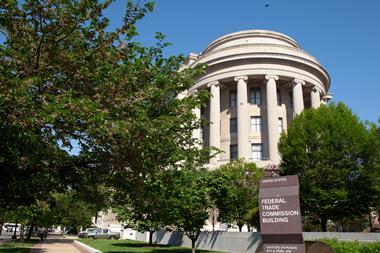‘Predatory journals’ are proliferating and now represent a global threat to science, undermining the scientific literature by publishing poor studies with cursory or non-existent peer review for a fee. Now, a team of prominent scholars and publishers from around the world have put their heads together to create a consensus definition of predatory publishing. The team hope that this will help to crackdown on these journals, of which there are now an estimated 8000 that together publish more than 400,000 research papers annually.
The consensus effort – led by the University of Ottowa in Canada and involving 43 participants from 10 countries – defines predatory journals as prioritising self-interest over scholarship, containing false or misleading information, deviating from best editorial and publication practices, lacking transparency, and/or using indiscriminate and aggressive solicitation practices. There is widespread agreement that predatory publishers ‘sow confusion, promote shoddy scholarship and waste resources’, the authors assert, noting that the new definition is an important first step in solving this problem.
‘We believe that with this consensus definition, we are better prepared to track the problem over time, compare the results of studies on predatory journals, and develop and evaluate intervention strategies such as educational campaigns and policy mandates,’ the team wrote.
Over the coming months, the team will invite comment to make the definition fit for purpose so that funders and academic institutions can ensure that researchers avoid these journals. In addition, they plan to create a portal to push their definition and other educational resources in multiple languages, and also establish an ‘international observatory’ to compile further data, tracking numbers of publications in predatory journals by discipline and geography.
The team emphasises that many researchers have been conned into submitting their work to predatory journals, citing a study from earlier this year that tracked 46,000 Italian researchers and found approximately 5% had published work in questionable journals.
References
A Grudniewicz et al, Nature, 2019, 576, 210 (DOI: 10.1038/d41586-019-03759-y)

















No comments yet